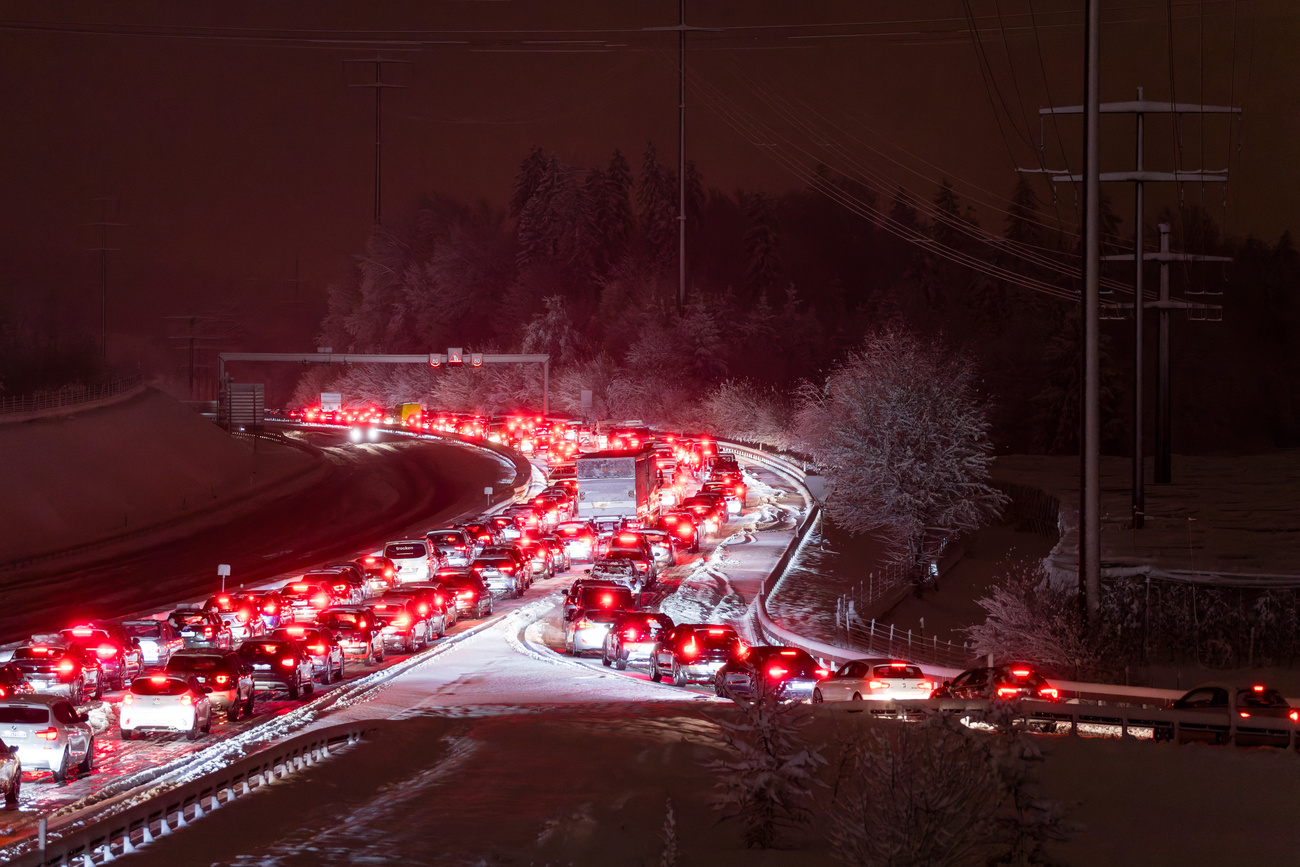Legionella poses a threat in Switzerland

Swiss cantonal officials are calling for stricter safety checks following the serious outbreak of Legionnaires' disease in northern England.
Like most countries, Switzerland is permanently at risk of a major outbreak of Legionnaires’ disease like the one that has struck the northern English town of Barrow-in-Furness. There, one person has died and 94 people, most of them elderly, have been admitted to hospital.
Legionella bacteria exist naturally in the environment, usually in quantities that do not pose a problem for public health. But man-made water systems – like showers, fountains and cooling towers used for air conditioning – can provide an environment in which the bacteria multiply to dangerous levels.
Last year in Switzerland, 12 people died of Legionnaires’ disease and 115 cases were recorded – almost double the six deaths and 66 cases in 2000.
Better diagnosis
But the figures represent only those cases declared to Bern by doctors. Health officials estimate that the actual number is probably much higher, since the disease is often confused with pneumonia.
However, it is not clear whether the increase is down to the disease becoming more prevalent or because more cases are being recognised and reported.
“We do not know if there’s a greater incidence of legionellosis,” says Jean-Louis Zürcher of the Federal Office of Public Health. “It could be due to a new method of diagnosis we introduced a couple of years ago.”
This upward trend is mirrored across Western Europe. “The problem is that most countries have not introduced formal legislation to combat the disease, and we don’t know exactly the quantity of bacteria needed to trigger the disease,” says Claude Corvi, Geneva’s Cantonal Chemist.
As a general rule, he says, the water supply in hospitals or old peoples’ homes should not contain more than 100 bacteria per litre, while the threshold for other buildings is around 1,000 bacteria per litre.
Better controls
“But these are not official figures, they are only guidelines,” adds Corvi. If a building has worryingly high levels of legionella bacteria, the water supply must be heated to around 70 degrees Celsius and discarded, or disinfected with chlorine.
Two years ago, the Public Health Office issued recommendations for the prevention of Legionnaires’ disease and how to deal with outbreaks. However, there is nothing laid down in law.
Given the lack of formal regulations, the Association of Cantonal Chemists last year asked the federal government to help combat legionella by amending the law. This would give them the authority to carry out official checks on those places in which the bacteria might thrive: swimming pools, air conditioning systems and so on.
However, without systematic checks it is impossible to say how many buildings in Switzerland have dangerously high levels of the legionella bacteria lurking in their pipes. But Corvi says that of around 100 buildings examined in Geneva last year, a quarter “posed a threat”.
by Roy Probert

In compliance with the JTI standards
More: SWI swissinfo.ch certified by the Journalism Trust Initiative








You can find an overview of ongoing debates with our journalists here . Please join us!
If you want to start a conversation about a topic raised in this article or want to report factual errors, email us at english@swissinfo.ch.